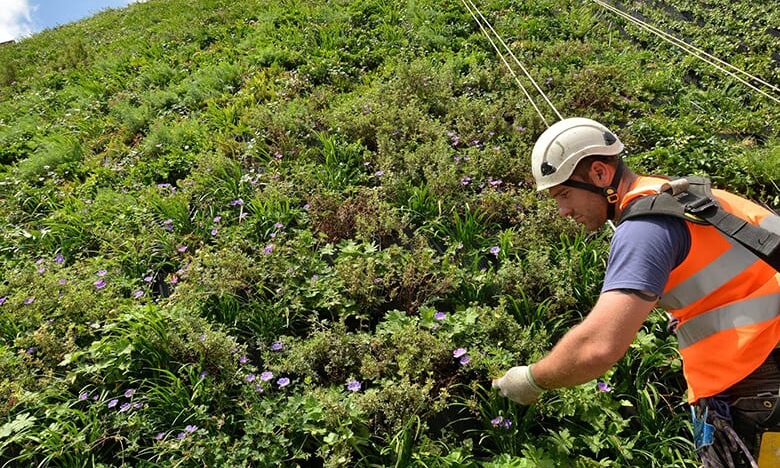Green Infrastructure Research 
We commission, support and deliver research on Green Infrastructure (GI) to increase our understanding of how GI improves and adds value to urban space.

Victoria BID Green Infrastructure Audit
In October 2010 we published the Victoria BID Green Infrastructure Audit, the first ever completed by a BID working in partnership with Land Use Consultants and the Green Roof Consultancy and funded by the London Climate Change Partnership and the Greater London Authority. It provides recommendation on how – and where – green features can reduce flood risk, boost biodiversity and make Victoria more appealing to workers, residents and tourists. The study showed that there is considerable potential to enhance existing GI in Victoria and to introduce more GI particularly through installing green roofs.
The report identified potential to:
- Enhance over 1.5 ha of existing green infrastructure.
- Create over 1 ha of new green infrastructure.
- Create over 25 ha of green roofs.
Enhancing Victoria’s urban environment
In 2013, we published The Green Infrastructure Audit Best Practice Guide funded by Natural England via regeneration agency, Cross River Partnership, and supported by the Mayor of London. The ground-breaking report captured the lessons learnt by us and other London BIDs that have subsequently completed GI Audits. It is a valuable, free guide for anyone wishing to assess their area with a view to harnessing the business, environmental and social benefits of GI.
Leadership in analysis
In 2012, our report Green Benefits in Victoria Business Improvement District: An Analysis of the benefits of trees concluded that green spaces, trees, and other green assets divert up to 112,000m³ of storm water runoff away from the local sewer systems each year. This was calculated as a saving of £49,000 per annum. The research, which used the i-Tree survey tool, uncovered other benefits including the amount of carbon sequestered by the trees in the area and the amount and type of pollutants they trap.
Working with Defra
We worked with the Department for Environment, Food & Rural Affairs (Defra) and facilitate research by the London Metropolitan University and the University of York on the impact of greening measures within the Victoria BID footprint on peoples’ attitudes and behaviour. The research ran between May 2012 and August 2014. Read the report
Monitoring and measuring
In May 2014 we took the first thermograph of The Rubens at the Palace Hotel living wall to determine the extent to which the vegetation helps cool surface temperatures. The results show a cooling of around 10°C to the areas covered by the living wall.
Biodiversity
The presence of bats is an indicator of the environmental quality of an urban area. We have been working with Natural England and the Bat Conservation Trust since 2011 to determine whether urban green infrastructure improves biodiversity by measuring bat activity in Victoria with bat detectors. Five species are represented in the area (Leisler’s bat, Nathusius’ pipistrelle, Noctule, Soprano pipistrelle and Common pipistrelle). The first two species are rare.
The GI Best Practice Guide represents a major change in the way that planners, developers and organisations including BIDs could make environmental decisions. Short-term planning to incorporate a GI Audit brings about long-term benefits to an area and the business case for investing in green infrastructure is strong.
Andrew Wood, Executive Director Natural England
TopRelated material
Related projects
- Clean Victoria
- RHS 2016 Chelsea Flower Show Garden and Parklets
- Christchurch Gardens
- The Diamond Garden
- The Rubens at the Palace Hotel Living Wall
- The John Lewis Rain Garden
Our other programmes
GI Research contact
Placemaking Project Manager
david.beamont@victoriabid.co.uk
020 3056 7437
Sign up for our Newsletter

